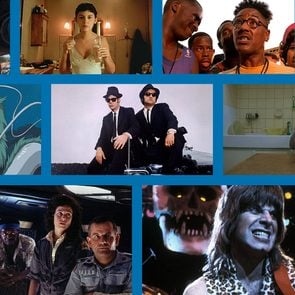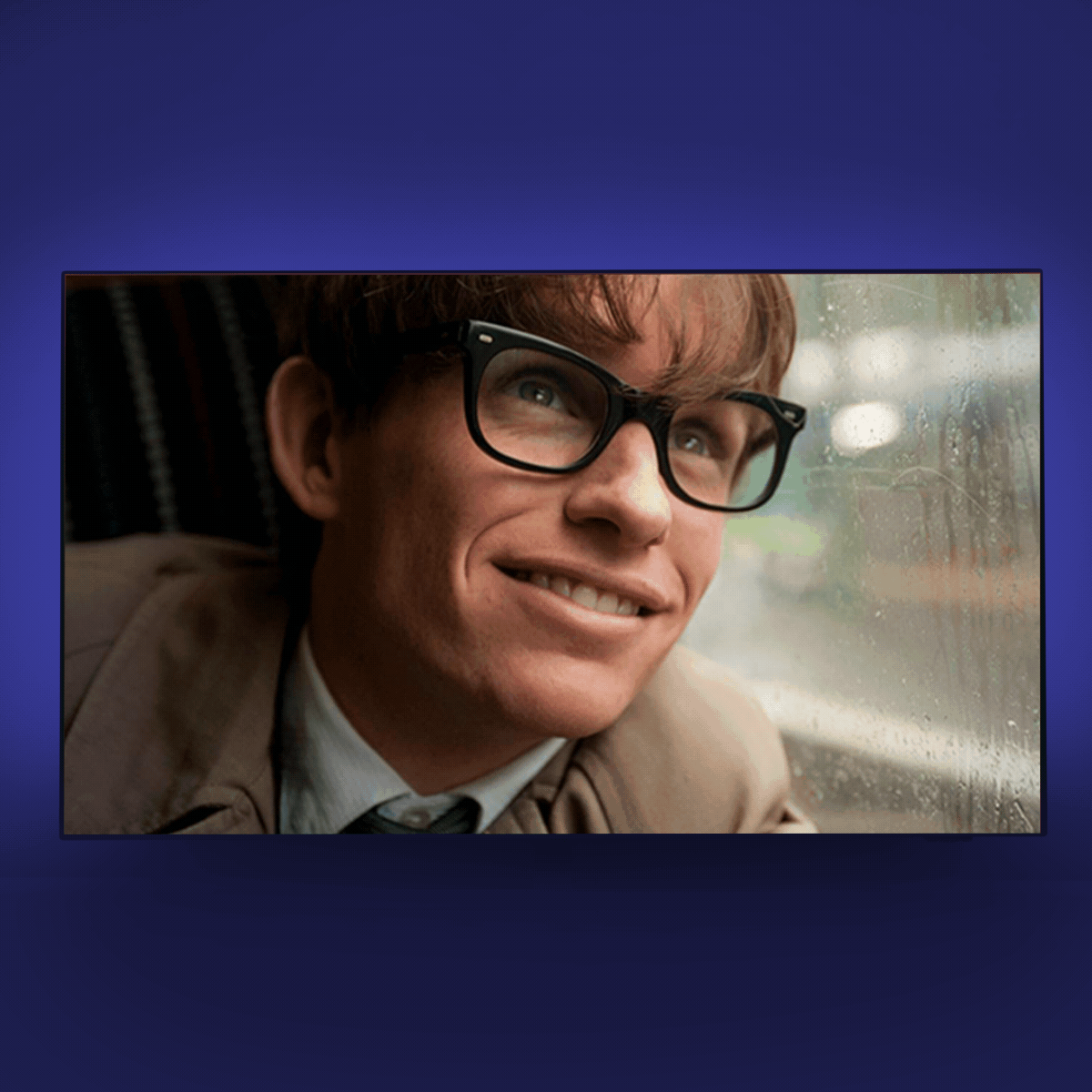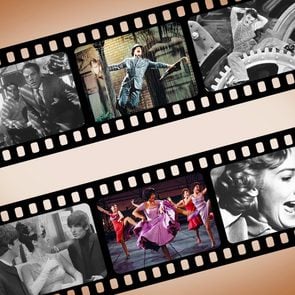We Wore Pink for Barbie—Here’s Why Everyone Is Now Wearing Purple
Updated: Mar. 18, 2024

The remake of The Color Purple is sparking a head-to-toe cultural phenomenon, but it’s about a lot more than just the movie’s name
It’s been three decades since The Color Purple brought Alice Walker’s Pulitzer Prize–winning novel to life and Oprah Winfrey and Whoopi Goldberg captivated audiences on the big screen. The 1985 film earned 11 Academy Award nominations with its heart-wrenching yet inspiring story of a young Black woman navigating the hardships of rural Georgia in the early 1900s. Since then, it’s spawned two Broadway productions—and now, a brand-new movie.
As a Black woman who saw the original film as a teenager, I feel a special kinship with the story and its portrayal of Black women’s struggles, and critics say this new version adds another rich layer. The Color Purple 2023 film, which will be released nationwide on Dec. 25, is more than simply an ode to the original. It’s a musical adaptation with a different vibe, though according to award-winning filmmaker Dawn Porter, it’s still “a timeless story of love, friendship and power.” And it’s shaping up to be the next cultural phenomenon, a la Barbie, with moviegoers heading to the theaters in big groups while decked out in purple.
So what can you expect from this movie that’s already generating Oscar buzz? Here’s everything you need to know about the remake—and why you might want to don your favorite purple ensemble when you see it.
Get Reader’s Digest’s Read Up newsletter for more entertainment news, humor, cleaning, travel, tech and fun facts all week long.
Why are people wearing purple to theaters?
Winfrey herself—the film’s producer and the original Sofia—has encouraged viewers to wear purple when seeing the movie, referring to its holiday release as a “purple Christmas.” And, of course, when Oprah asks people to do something, they do it! In a video posted to her Instagram account in May, she said, “OK, y’all have seen the trailer, and I’m giving you six months to get your outfit together for opening day. All things purple. What you gonna wear? Color purple.” And she’s led the way, sporting the shade more than 14 times so far to promote the movie at press events, award shows, talk shows and early screenings.
View this post on Instagram
But beyond pure marketing, purple holds a greater meaning here. According to cultural commentators, it’s a symbol of power, ambition and luxury, as well as creativity, independence and peace—things the movie’s main character, Celie, does not have due to years of sexual abuse, domestic violence and racism. In the book, a character named Shug introduces the color’s concept to Celie, saying, “I think it pisses God off when you walk by the color purple in a field and don’t notice it. … More than anything, God loves admiration.” As Celie comes into her own, she starts to embrace the color’s meaning by “noticing” her worth, learning to love herself and gaining the strength to stand up to her oppressors.
All that plays into people wearing purple in solidarity—to support the movie and embrace this theme of empowerment. And it’s very much a cultural moment, just like wearing pink to see Barbie (and black to see Oppenheimer, for that matter). It’s something a group can do together to have fun and also bond. However, while Barbie explored feminism and what it means to be a woman—and an individual—in 2023, The Color Purple focuses on identity, independence and sisterhood.
How does The Color Purple differ from the original movie?
For starters, The Color Purple 2023 film is not a remake of Steven Spielberg’s movie. In fact, it’s a movie musical that was adapted from the Broadway show—which was an adaptation of the 1985 film. (The Tony-winning show originally ran from 2005 to 2008, and the revival ran from 2015 to 2017.) Similar to the stage performance, the new movie incorporates elements of gospel, jazz and blues.
Of course, the two movies have the same overarching plot, but the musical approach changes everything. “Choosing a musical genre allows you to activate different emotions,” explains Porter, who directed the documentary John Lewis: Good Trouble. “The remake takes an entirely different creative approach and, in doing so, allows a freedom of artistic expression that is more than a remake. You feel the power of friendships and female bonds differently.”
Unlike the original movie, this version also features a more in-depth look at the male characters. A Deadline review notes that Celie’s husband, Mister, has a “three-dimensional portrait” that differs from the original’s interpretation. “We actually have empathy for him in the end,” writes reviewer Pete Hammond, “and that kind of humanity on display is something that is heartening to see.”
Who’s in the 2023 movie?
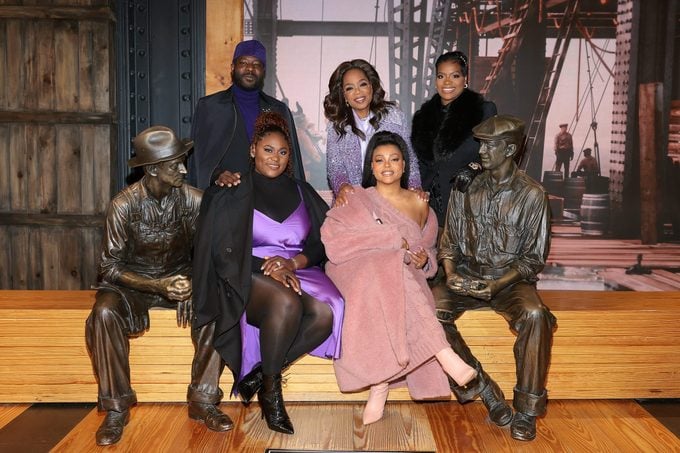
The cast is a veritable “who’s who” of Black Hollywood. The star of the show is American Idol alum Fantasia Barrino, who reprises her role as Celie from the stage musical. (Goldberg played Celie in the original movie.) Other stars include Halle Bailey (aka Ariel in The Little Mermaid), who plays Celie’s younger sister, Nettie, and Taraji P. Henson, who plays Shug. Who’s stepping into Oprah’s shoes as Sofia? Danielle Brooks, who also starred in the Broadway production and who you’ll recognize from Orange Is the New Black.
It’s also worth noting that this version is being directed by Blitz Bazawule, a Ghanian filmmaker and author who made his directorial debut with Netflix’s The Burial of Kojo in 2019. The original film, despite being critically acclaimed, received some criticism from the Black community for its portrayal of Black men and for being directed by Spielberg, among other things.
How is The Color Purple different from the novel?
Aside from the fact that there’s singing in The Color Purple 2023, the film takes most of its inspiration from the novel. In fact, it has more similarities with the novel than the original movie—including with a closer examination of Celie’s queer identity and her romantic feelings for Shug. Their duet “What About Love?” suggests their sexual relationship, as referenced in the book—something that was sidelined in the ’80s film. In an interview with Pink News, Bazawule even describes Celie as a “queer icon.”
Unlike in the novel, however, Shug’s feelings for Celie aren’t equally reciprocated. “Henson’s Shug doesn’t just seem flighty, but cruel and dismissive, playing with Celie’s feelings and well-being,” writes reviewer Brooke Obie for Andscape. According to Obie, Shug’s intentions and feelings for Celie seem clouded, and their kiss, shared in the shadows and unseen by others, feels “illicit and unpalatable.”
Why is The Color Purple still relevant today?
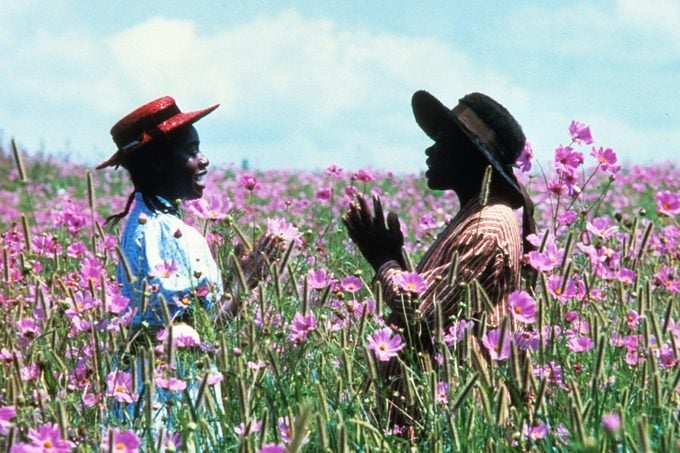
Thirty-three years later, The Color Purple continues to resonate with audiences, especially Black women. No matter what stage of your life you’re in when watching the film, you’ll start to understand the beauty and power that comes with self-love. You see this when Celie begins to build strong and loving relationships with women around her. “The bond Celie shares with Nettie warms my heart and pulls me in,” says Amanda Hunt, a New York City–based actress, playwright and filmmaker who saw an early screening of the film. “I, too, am very close with my sisters, and I don’t know what I’d do without them. [It’s] a true love story.”
The book and its adaptations also dismantle the stereotype of the strong Black woman—a myth that says we don’t need help or support. While this concept might seem positive on the surface, it unintentionally dehumanizes us and forces us to be “twice as good” in so many aspects of life. This pursuit of perfection is one I’ve learned to break by finding like-minded and supportive friends. Like Celie and her sisterhood, we’ve discovered our self-worth and found strength in one another.
It’s these themes of sisterhood, spirituality and self-discovery that make the book and its adaptations so timeless. “Shakespeare can be performed so many times and in so many forms,” Porter says. “This is a classic text that has the same power.”
About the experts
- Dawn Porter is an award-winning documentary filmmaker and founder of the film production company Trilogy Films. Porter’s work includes directing John Lewis: Good Trouble for CNN Films and the Netflix original series Bobby Kennedy for President.
- Amanda Hunt is a New York City–based actor, playwright and filmmaker from Spanish Town, Jamaica. She earned her BFA in Acting from Howard University.
Sources:
- Pink News: “Why The Color Purple has been remade: ‘Celie is a queer icon’”
- Deadline: “‘The Color Purple’ Review: In Its Fifth Major Iteration, The Classic Alice Walker Story Becomes a Movie Musical to Remember”
- AP News: “The Color Purple: It’s a new movie and an old hue that’s rich in meaning and history”
- Andscape: “The latest adaptation of ‘The Color Purple’ strips away Celie’s powerful love story”




















